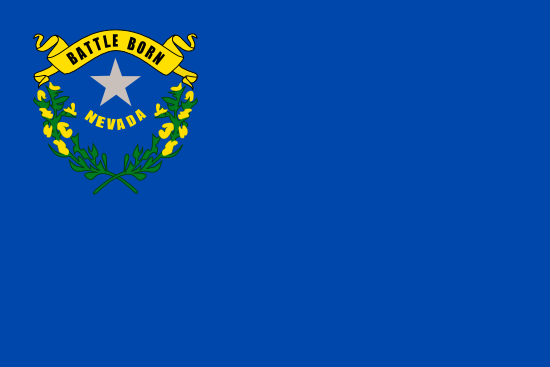
Henderson
- County:
- Clark County
- County Seat:
- No
- Area (mi²):
- 120.993
- State:
- Nevada
Henderson is a city located in Clark County, Nevada. Henderson has a 2025 population of 350,039 . Henderson is currently growing at a rate of 3.17% annually and its population has increased by 9.85% since the most recent census, which recorded a population of 318,660 in 2020.
The median household income in Henderson is $88,654 with a poverty rate of 8.41%. The median age in Henderson is 42.5 years: 42.9 years for males, and 42.1 years for females. For every 100 females there are 98.6 males.